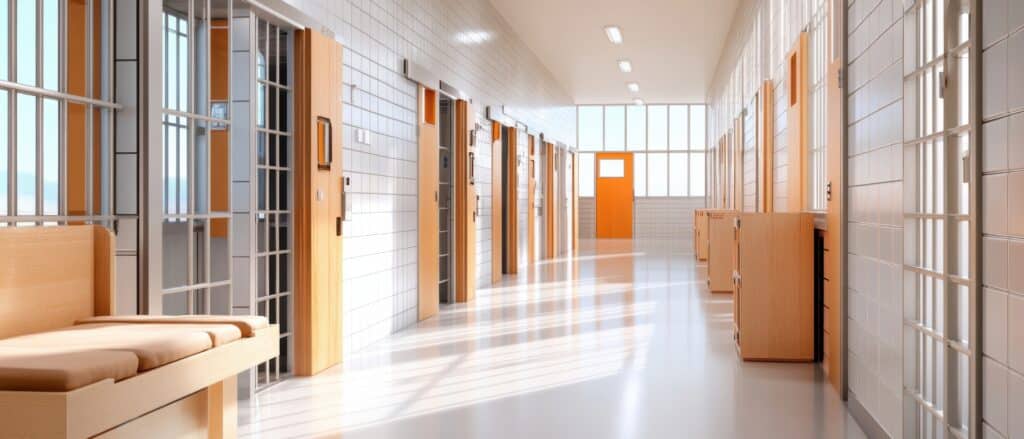By: Greg Eash, COO, equivant Corrections
Correctional facility design plays a crucial role in shaping the safety, rehabilitation, and overall behavior of inmates. Thoughtful design choices can improve security, reduce violence, and foster an environment that encourages personal growth and reintegration into society. By combining modern architectural strategies and evidence-based approaches, correctional facilities can better serve both inmates and staff while supporting public safety objectives.
Safety First: Security Through Design
Ensuring safety in correctional facilities starts with strategic architectural planning. Features such as clear sightlines, secure perimeters, and controlled access points are essential to maintaining order and preventing violence. Open-layout designs minimize blind spots and enhance staff visibility, making it easier to monitor inmate activity. Additionally, materials resistant to vandalism and self-harm, such as shatterproof glass and tamper-proof fixtures, contribute to a safer environment.
Beyond physical structures, technology integration enhances security. Advanced surveillance systems, biometric identification, and automated locking mechanisms improve response times and help prevent incidents before they escalate. Moreover, thoughtful housing unit placement can reduce tension by separating high-risk individuals from vulnerable populations, ultimately decreasing conflicts.
Rehabilitation-Centric Design
The traditional punitive model of corrections is being replaced by an emphasis on rehabilitation. Facility design can support this shift by incorporating elements that encourage education, skill development, and mental health support. Access to natural light, open spaces, and therapeutic environments has been shown to improve inmate well-being and reduce stress levels.
Dedicated areas for vocational training, classrooms, and counseling sessions promote skill-building and self-improvement. Inmates who engage in meaningful activities are more likely to develop a sense of purpose, making them less likely to reoffend upon release.
Behavioral Influence Through Environment
The physical environment has a significant impact on inmate behavior. Overcrowded, poorly maintained facilities contribute to stress, aggression, and rule violations. Conversely, facilities designed with humane and rehabilitative principles in mind encourage cooperation and personal development.
Single-occupancy or small-group housing units provide a sense of privacy and autonomy, reducing tension and conflicts among inmates. Color schemes, lighting, and furniture selection also play a role in mood regulation. Warmer, softer tones create a calming atmosphere compared to the stark, institutionalized aesthetics of older correctional facilities.
Modern correctional facility design is about more than just confinement—it’s about creating spaces that enhance safety, facilitate rehabilitation, and positively influence inmate behavior. By prioritizing strategic security measures, incorporating rehabilitative environments, and understanding the psychological impact of design, correctional institutions can play a transformative role in reducing recidivism and promoting long-term societal benefits. Investing in smarter, more human-centered design is not only beneficial for those within the system but for the safety and well-being of communities as a whole.






